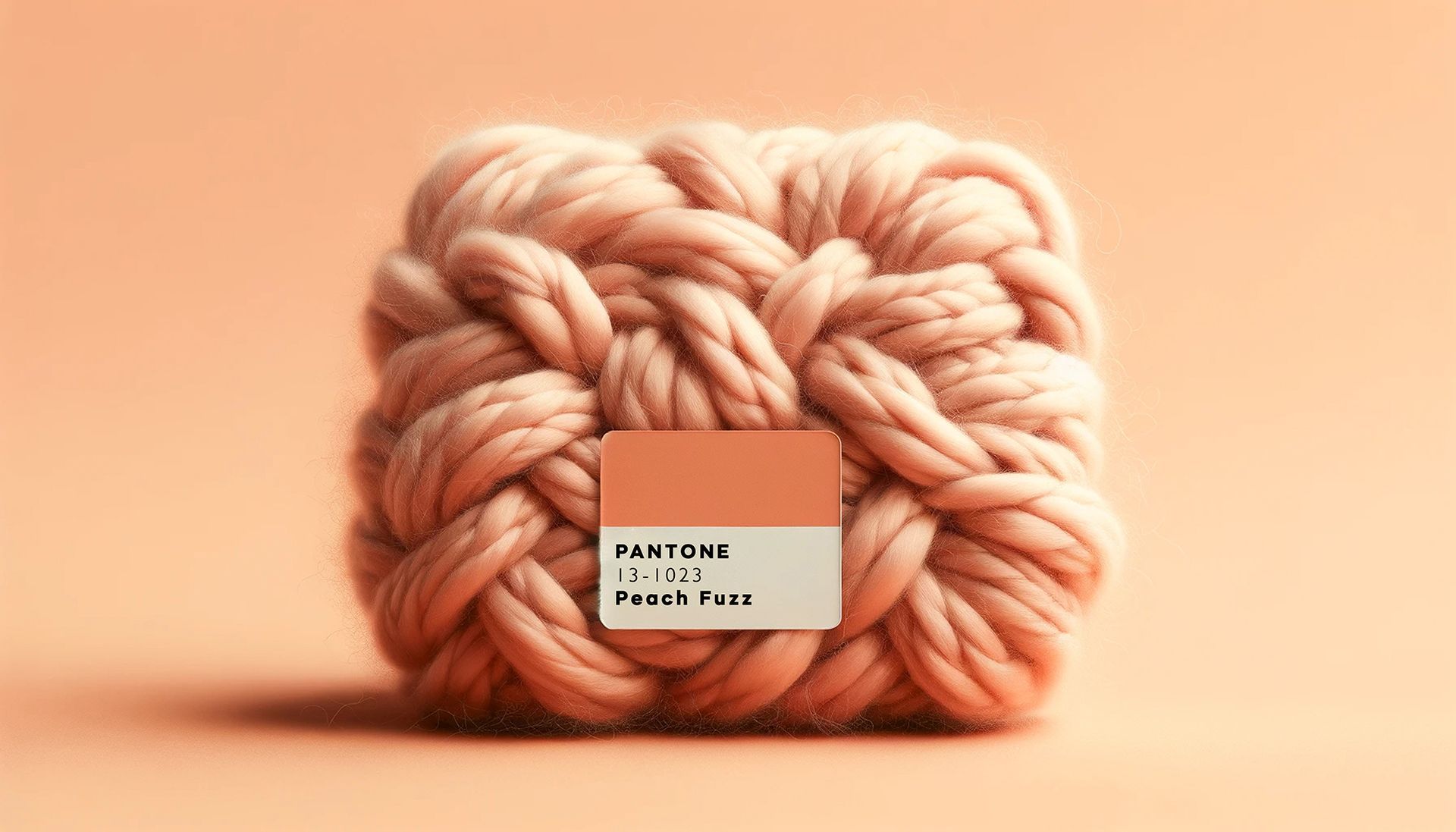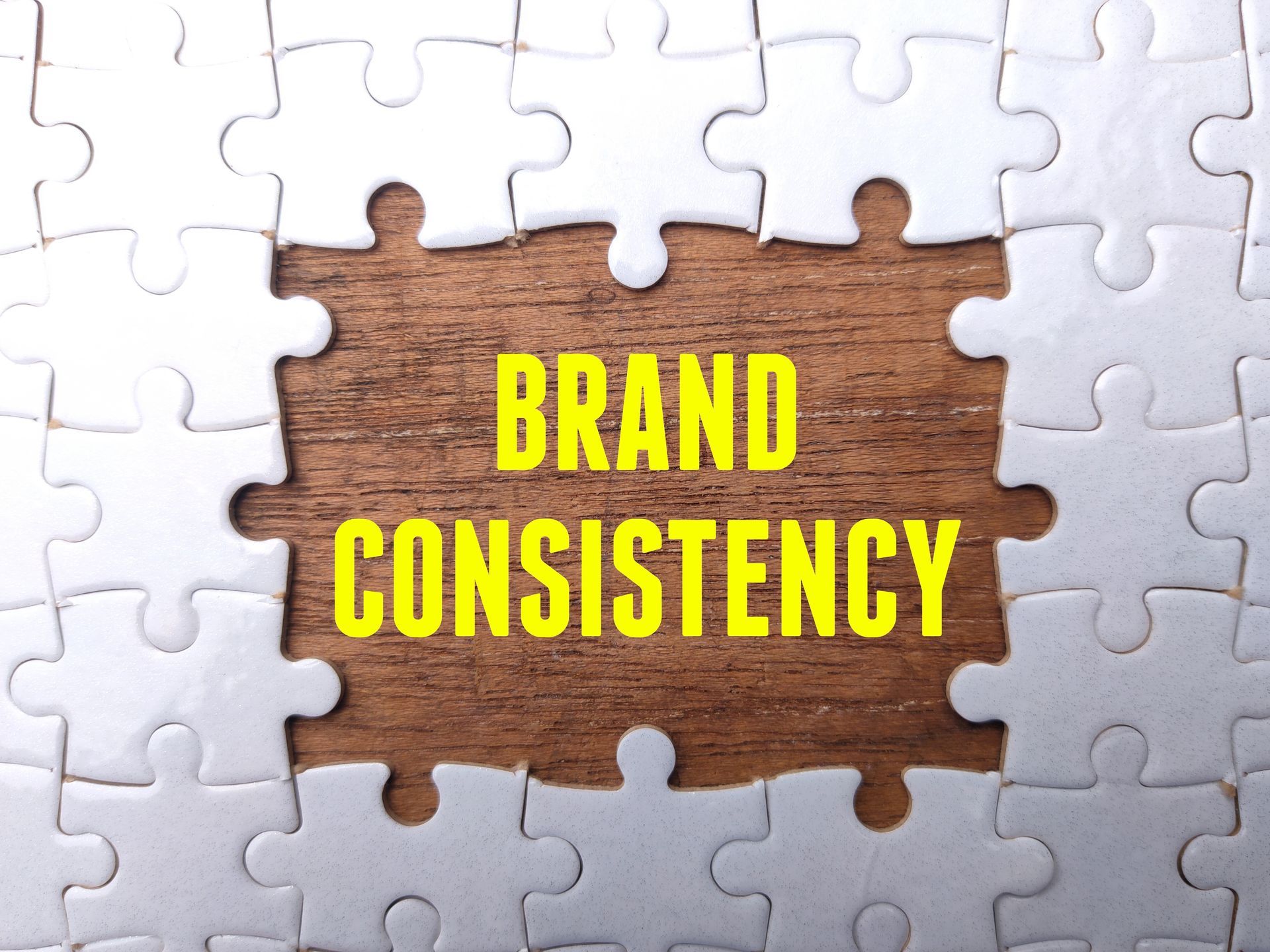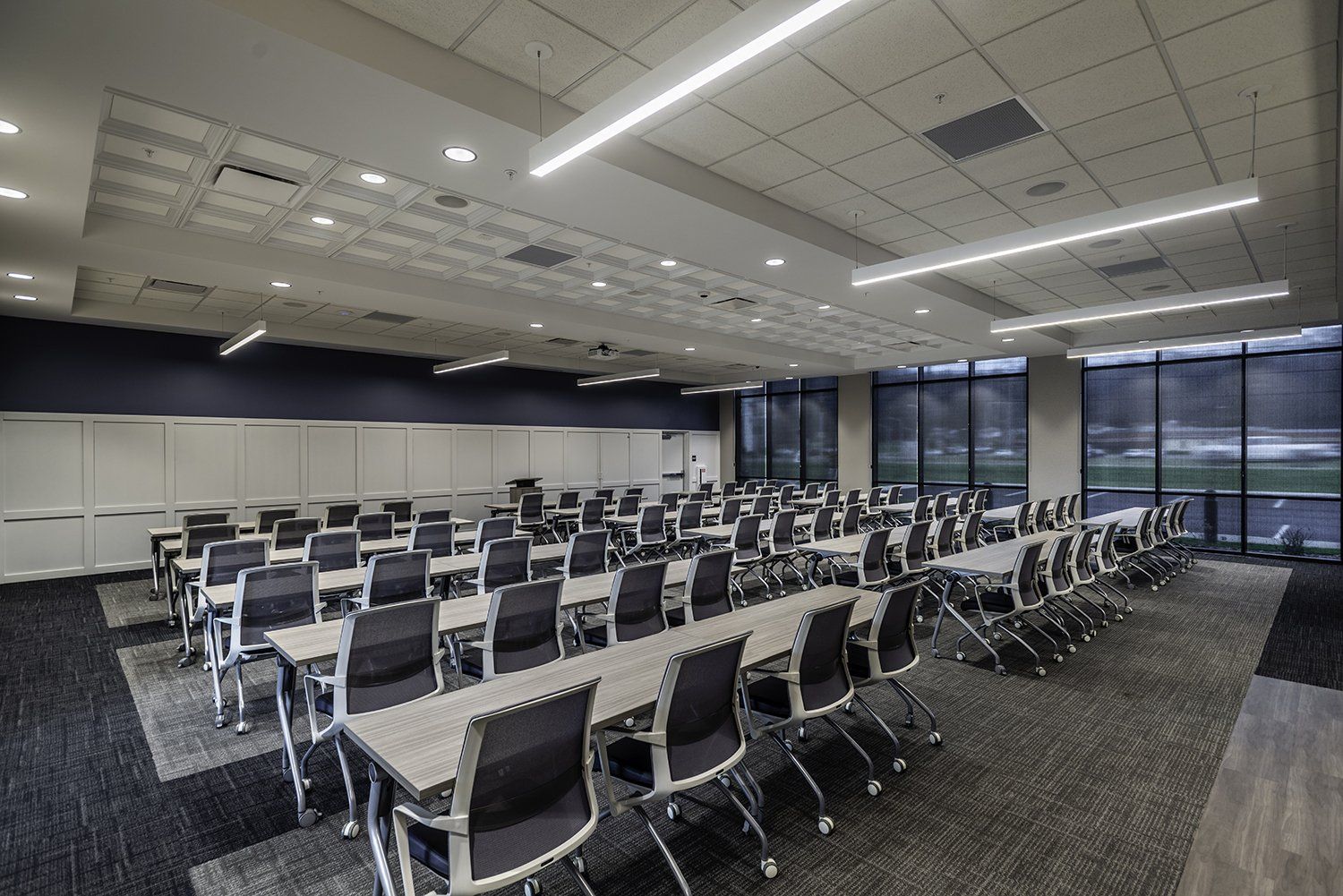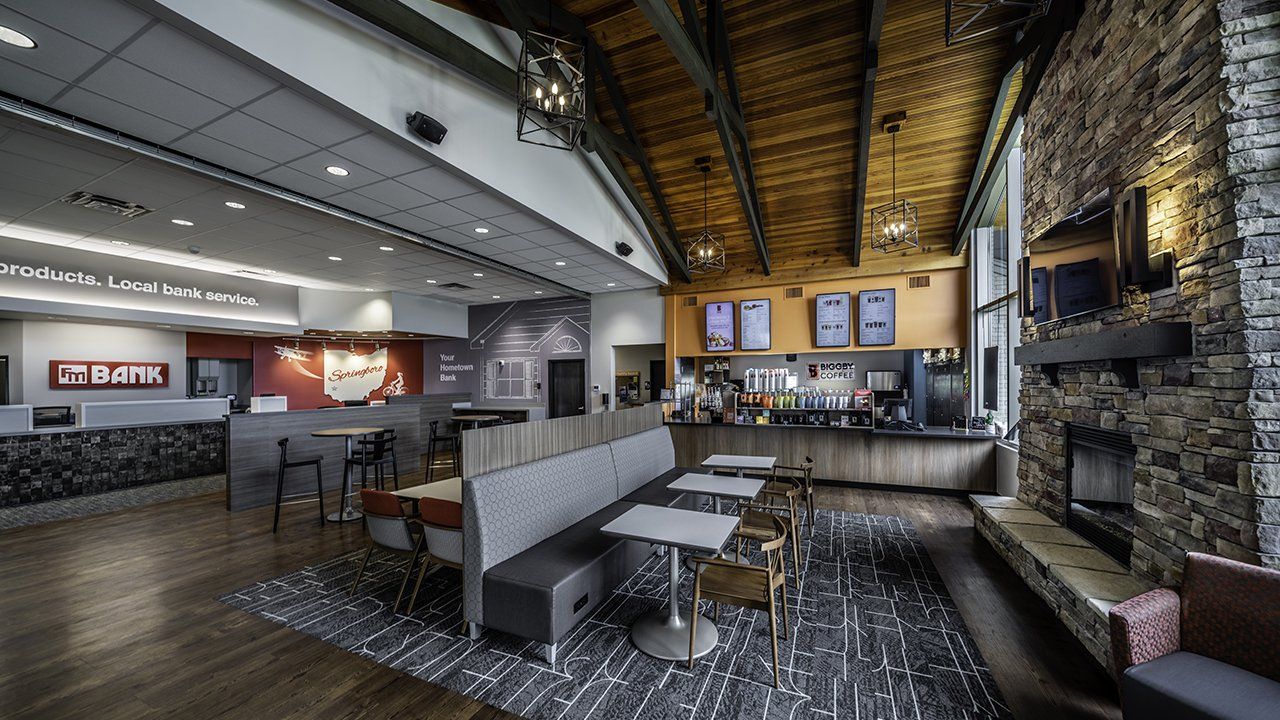Menu
Follow us on:

DESIGNING FOR THE CLIENT, NOT THE DESIGNER
When I begin designing for some of our clients, even if it is my first draft, I will integrate some of what I learned about them. For instance, if you are using stock photos as placeholders, try to find ones that best represent them. In the case of a community bank in a rural area, use photos that have crops that are indigenous to their area or structures that could actually be from their community. If you have multiple areas for graphics, I’ve that learned having space for community or historical photos goes a long way for the client. This makes the design relatable, and that adds value.
In The Antwerp Exchange Bank image below, the fin graphic in the check counter includes stock imagery that reflects the Main Street in Antwerp, Ohio as well as descriptive words that represent their attributes and business practices.

Give Detailed Explanations
In the case of design for a client, it is often best to explain too much than too little. This can easily be done in person or through a well formulated email but avoid sending the client a PDF without descriptions and expect them to understand. Relay to them what your intent was for the design and what each element is for. Describing your rationale will help the client grasp and appreciate what is in front of them.
Keep it Simple
In general, clients do not need (or want) to know the ins and outs of how their graphics are being made. They just want to be able to visualize how the finished product will look. Give them enough details so they know you have the project on schedule, but do not overload them with every facet of production.
Do not:

Do:

Honor and Explore Unorthodox Requests
In my few years of professional work, I’ve learned that, in this day and age, where there is a will there is a way. If a client wants a particular of graphic you’ve never produced before or has a unique idea for their interiors, don’t immediately think “impossible.” For the most part, it has probably been done before – you just have to find out how. At K4, we pride ourselves on being able to take care of every aspect of a project, even if it isn’t in the normal scope of what we usually do. This is true for our graphic design especially, that no matter what the client wants, we will find a way to make it happen. Should you need a hole in the wall with a custom graphic AND a television mounted into it; or 2’ x 4’s laser printer with words mounted to the wall in a way that won’t show the nail heads – we’re intrigued by the challenge, consider it DONE!

Keep Clients in the Loop
Even if you are just gathering quotes for installation and haven’t needed to send your client an update, call or send an email to let them know you are still making progress. Do not let communication drop. This is both out of respect for the client and to make sure they know that you still have their project top of mind.
Don’t Take it Personally
Chances are your client may not like your favorite design option or any of your ideas. Do not get too wrapped up in your work that you feel insulted if it isn’t what they are looking for. Try to understand what their needs are and find common ground to achieve this. Designing for a company or another person is a process and may take many iterations.

Design for Your Clients, Not to Your Standards
The work is not complete when you think it is perfect, it is complete when the client agrees it is perfect. Although you may think you hold high standards for your design, it doesn’t matter unless the client is totally happy with what you produce. This does not mean lowering your standards, it means managing them along with your client’s expectations.
Ultimately, the final product may not be what you anticipated but it will (hopefully) be what your client needs and wants. At the end of the day, you can be proud of the outcome because you reached your goal – providing quality work for a client.











